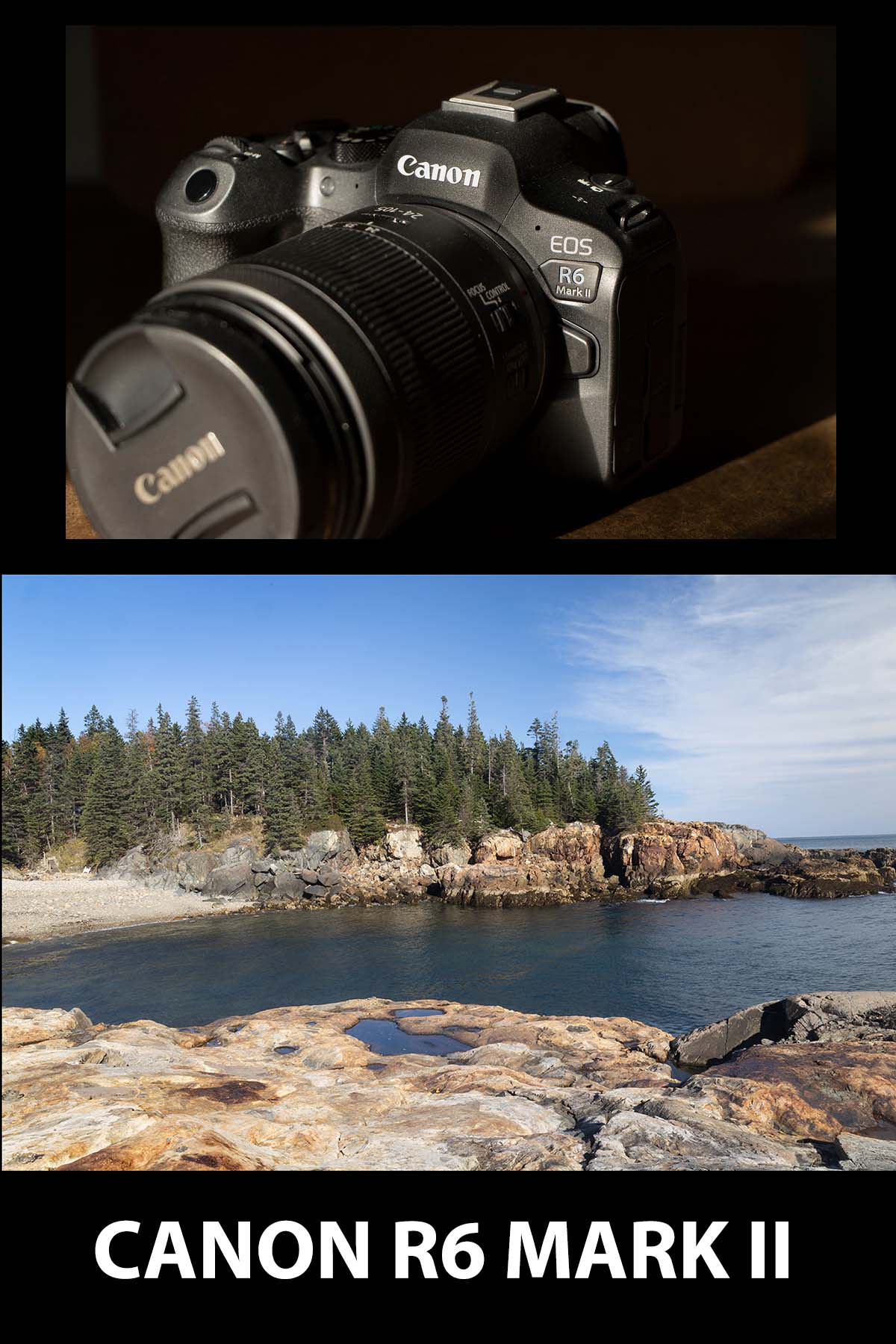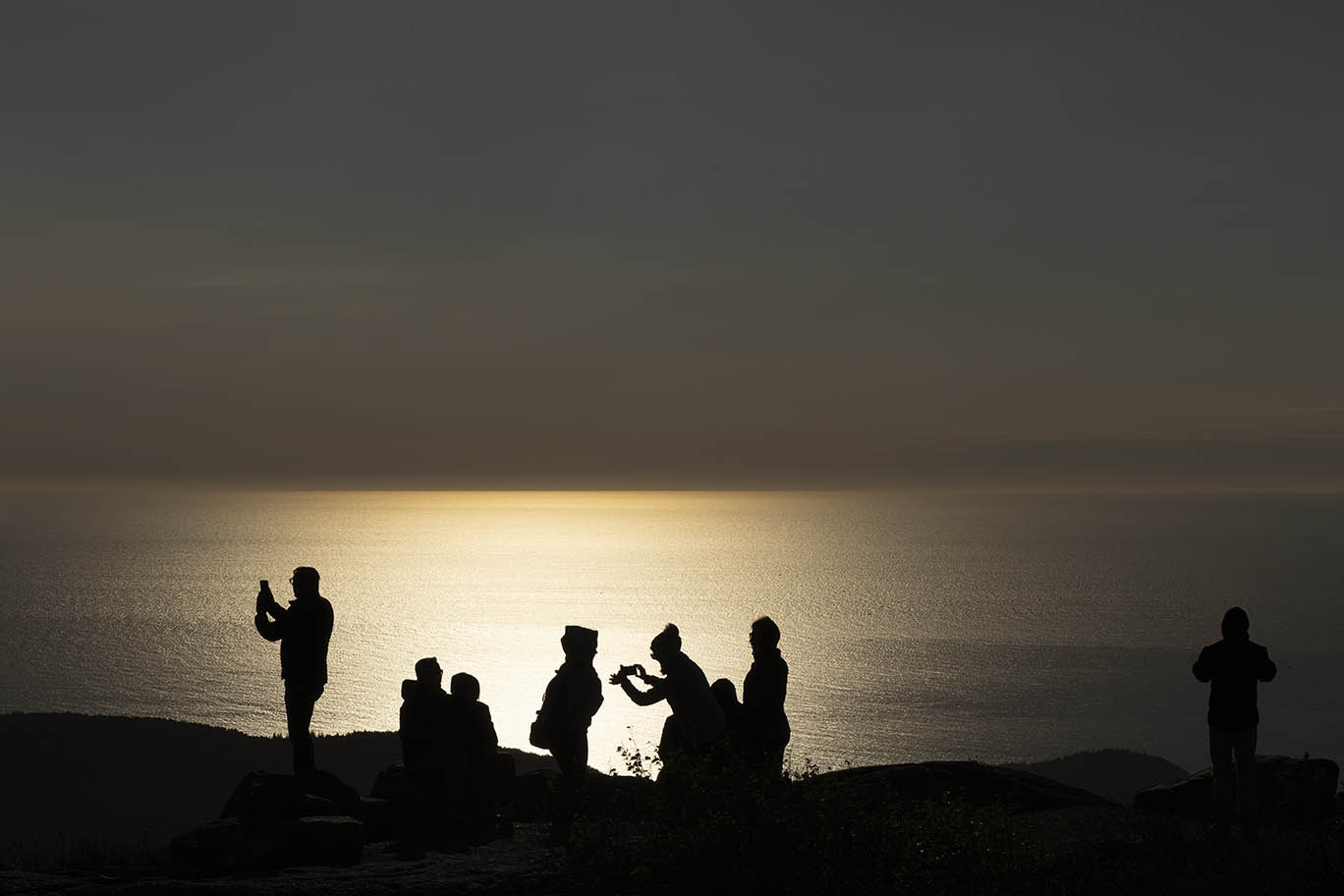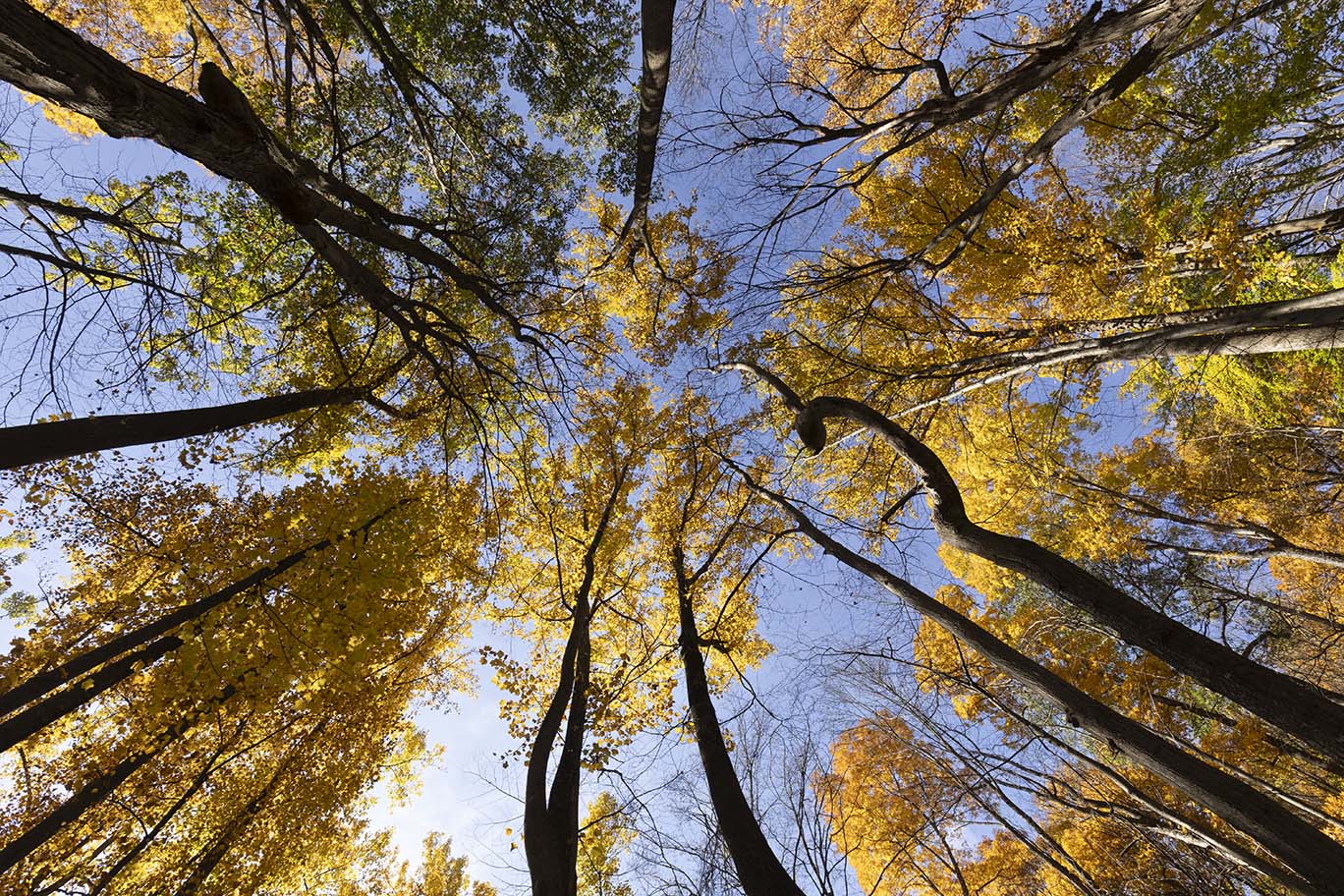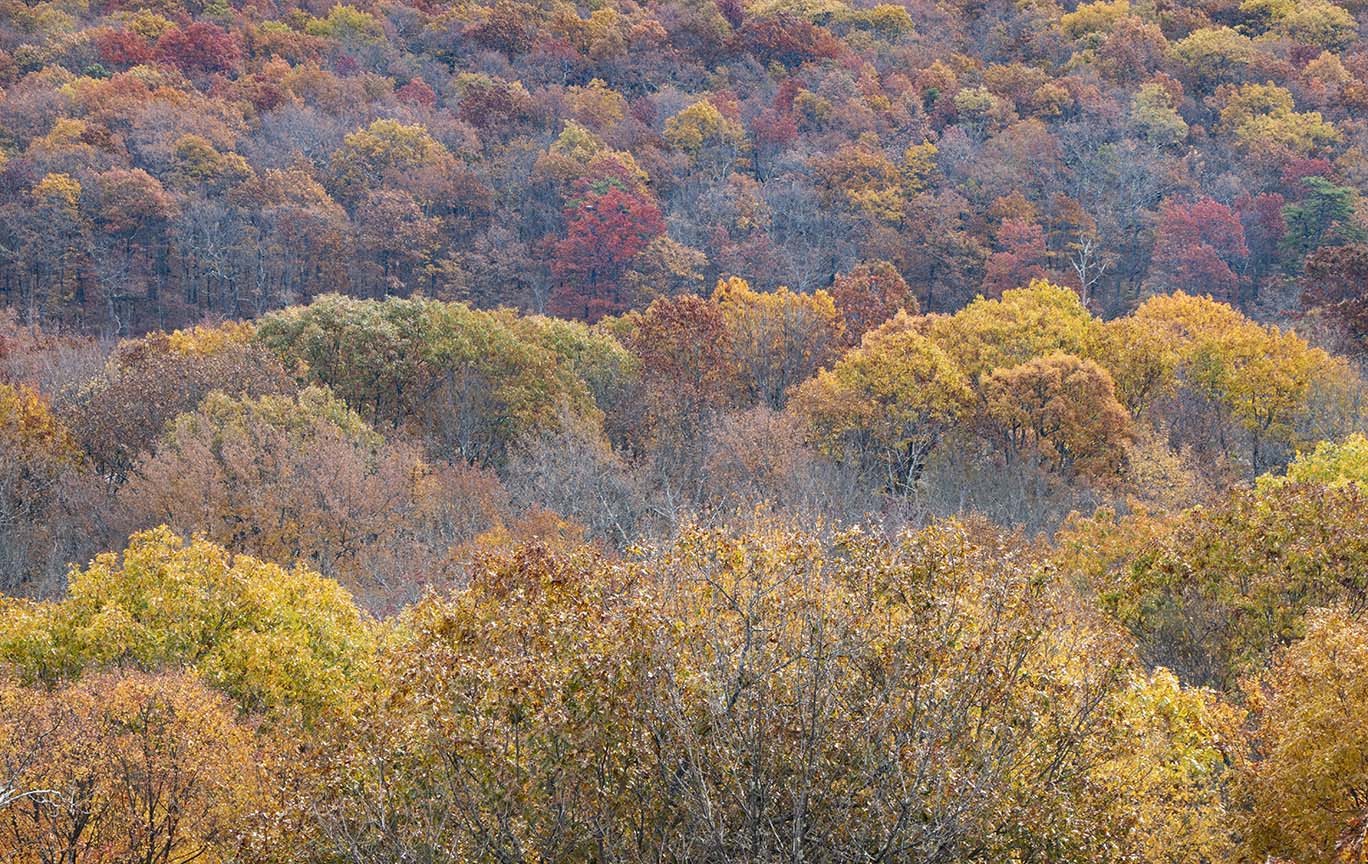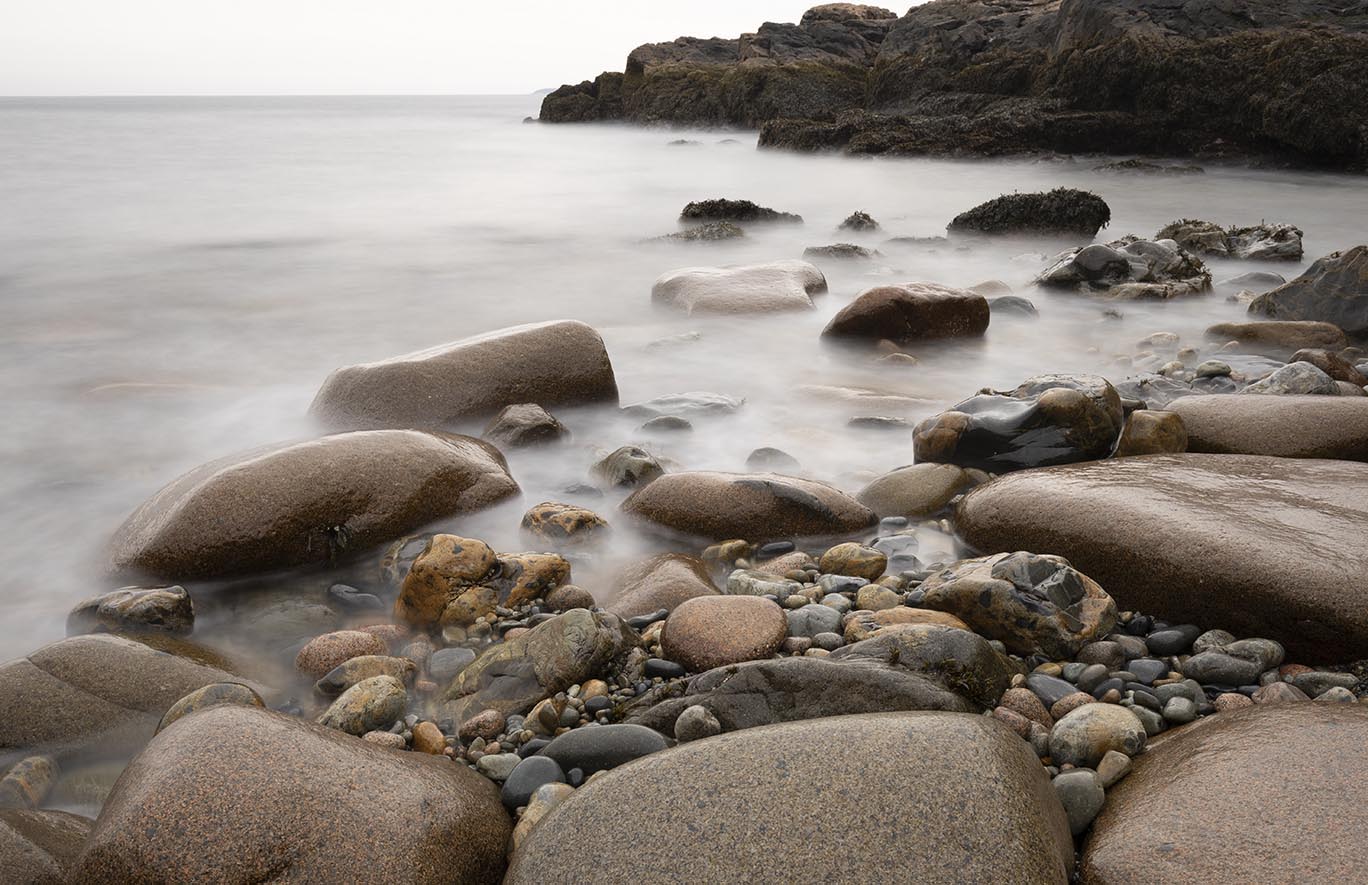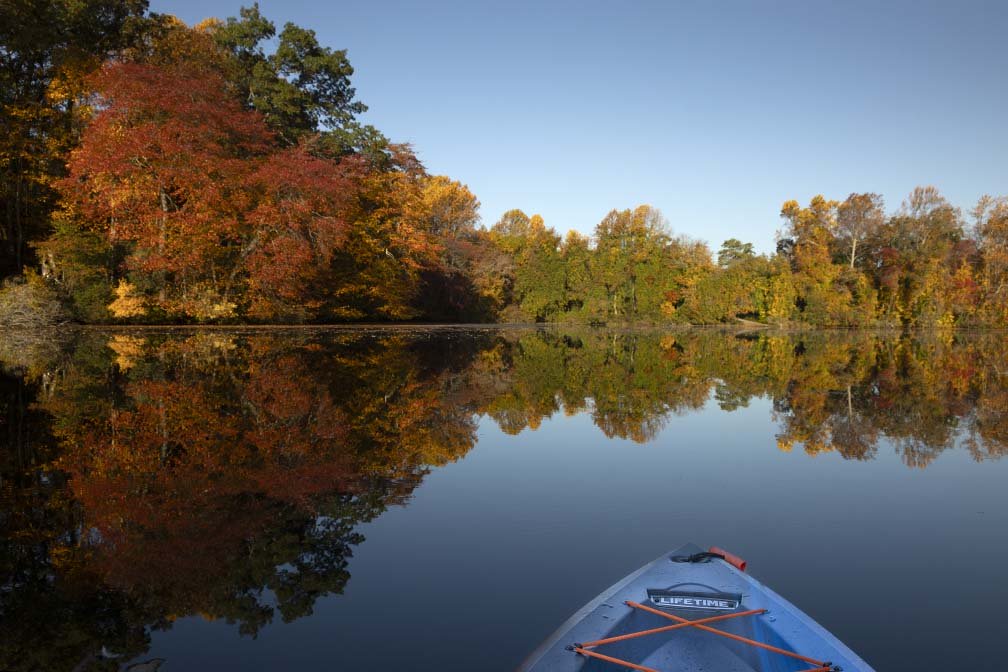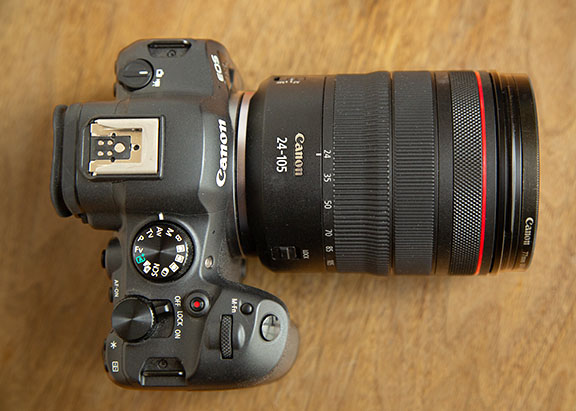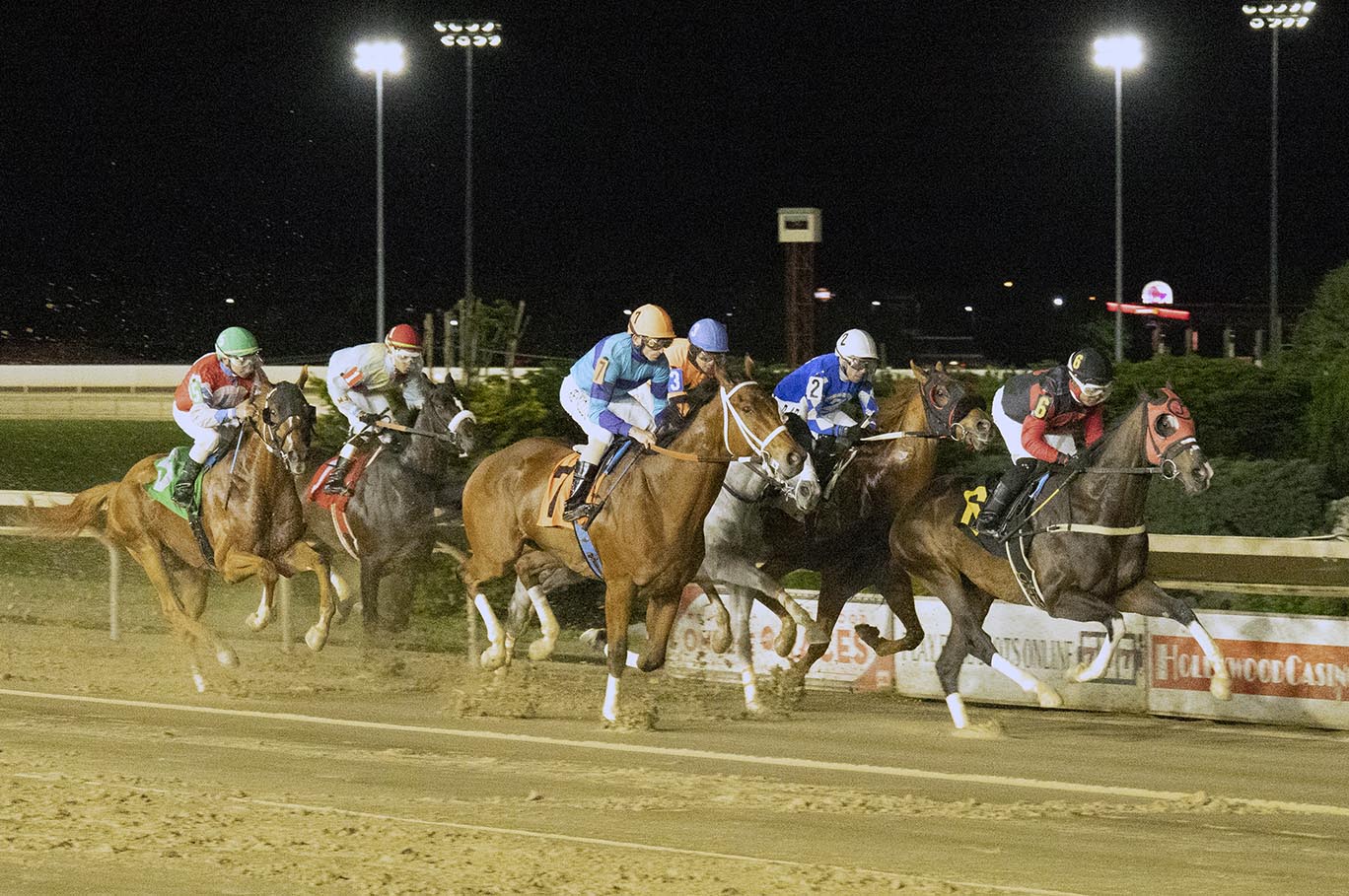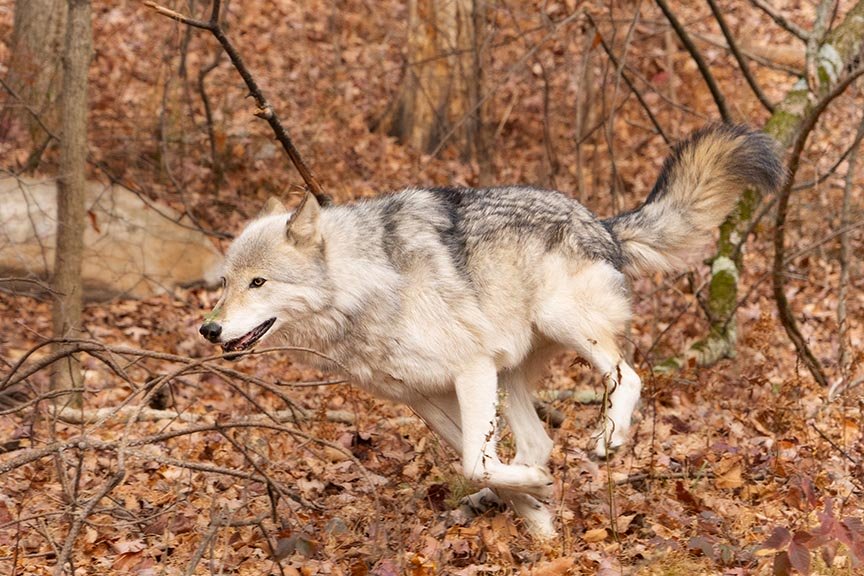Canon R6 Mark II Sample Photos
WRITTEN BY: BRUCE LOVELACE
UPDATED: OCTOBER 31, 2024
This post has large photos and may load slowly. They're worth the wait. Thanks for your patience!
These Canon R6 Mark II sample photos reveal several things about the Canon R6 Mark II. It's extremely versatile for shooting all kinds of still images and video. The image quality that the R6 M2 produces, its vivid color accuracy, high ISO performance, burst rate, and sophisticated and fast focusing make in an outstanding digital camera.
Realizing the final image quality that any camera gives you is dependent on both the camera and the lens you pair it with (along with your technique) I tested the R6 Mark II with 4 different lenses. Also, see my post on Recommended R6 Mark II Lenses.
I was very pleased with the image quality in the photo below. I shot directly into the reflection of the morning sun on the Atlantic Ocean behind these photographer/tourists on the top of Cadillac Mountain near bar Harbor, Maine. I got no lens flare from the Canon RF 24-105mm f/4-7.1 despite the high contrast subject and tiny lens aperture!
Another desirable feature I wanted to test on my R6 Mark II was how it performed as a sports/action/wildlife camera. One of the toughest action photos to photograph is birds in flight. To get the shot of the heron seen below I had to boost my ISO up to 2000 to get a shutter speed of 1/640 second with the lens at its widest opening. That is usually not fast enough to freeze such fast targets as this, but the heron is likely the slowest flying bird around.
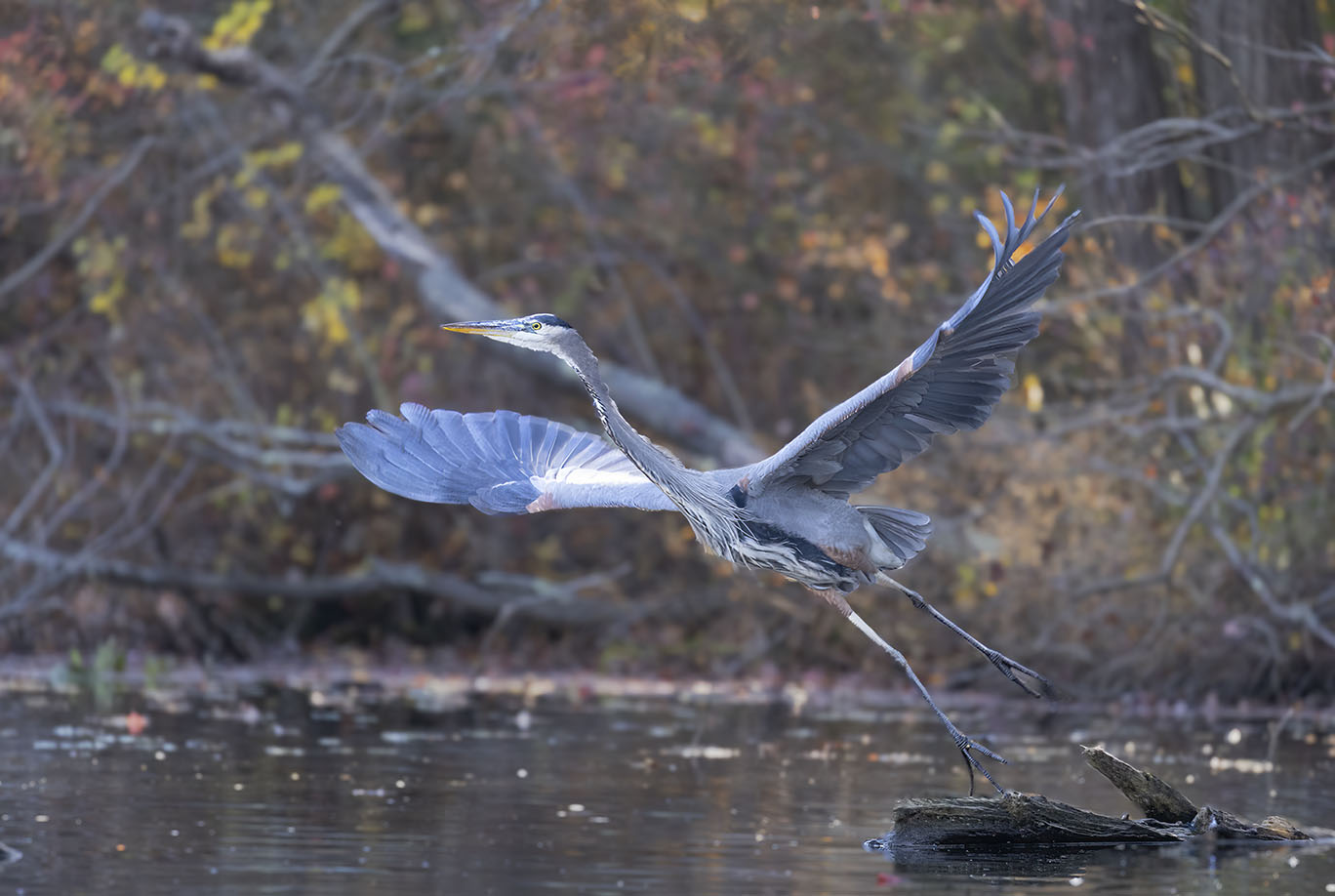 "Blue Heron at Takeoff"
"Blue Heron at Takeoff"Canon EOS R6 Mark II, EF 100-400mm lens and EF-EOS R adapter
1/640 second at f/5.6 and ISO 2000
It helped that this guy had just begun his takeoff and his wings were at their full extension when this photo was taken. The fast burst rate of the R6 Mark II makes it more likely that you can get the precise best timing when photographing wildlife in motion. See other high ISO photos taken with my R6 Mark II camera.
The EF 16-35mm ultra-wide zoom is a great lens to pair with a full frame sensor camera like the R6 Mark II.
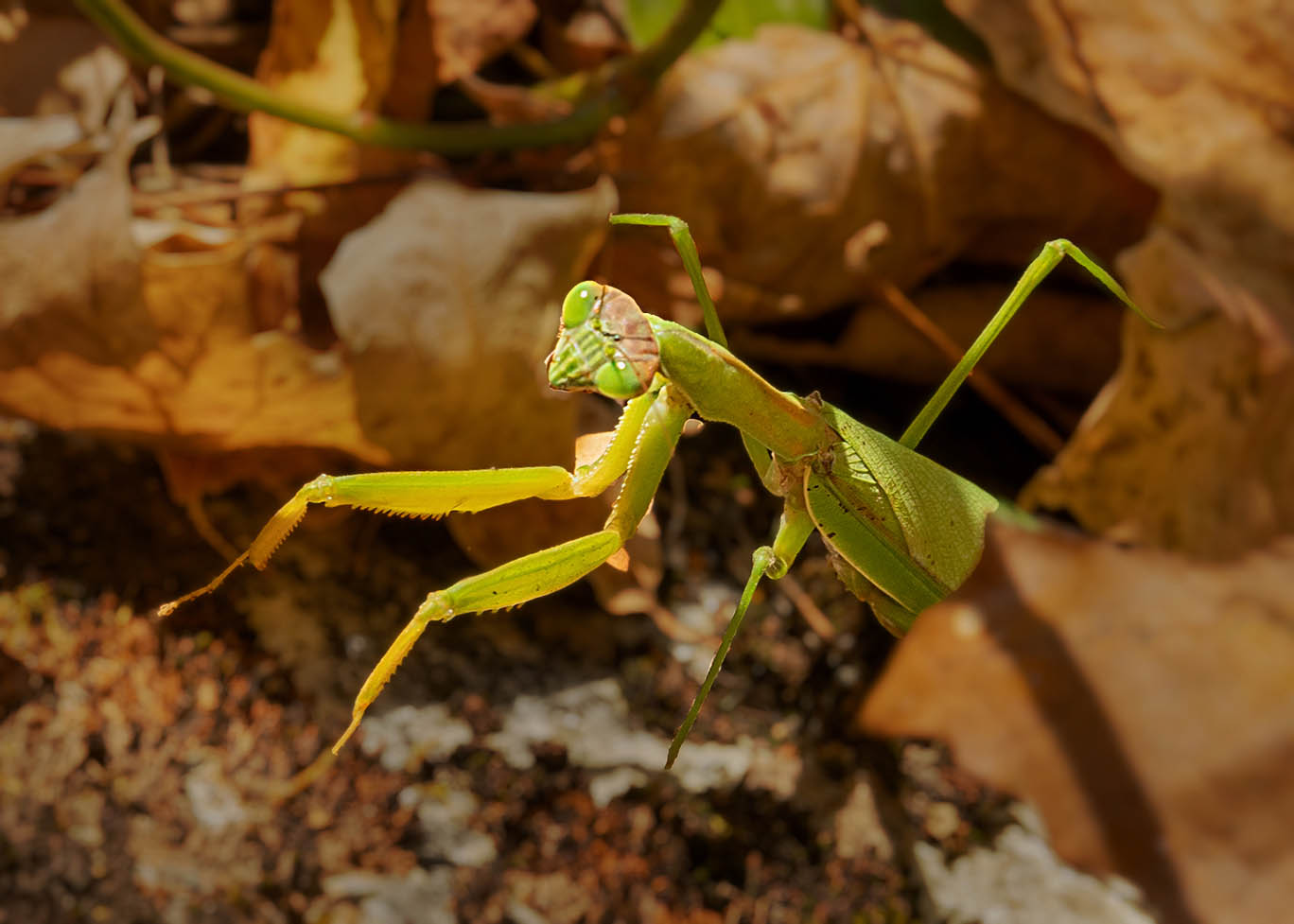 "Praying Mantis" photographed at Jenny Jump State Park
"Praying Mantis" photographed at Jenny Jump State ParkCanon R6 Mark II, Canon EF 16-35mm lens for 1/100 second @ f/13, ISO 500. Cropped from original image.
I came up on the Praying Mantis pictured above that a fellow hiker had spotted and had to shoot this photo quickly. At 1/00 of a second I did not have perfect sharpness due to this little fella moving his head, at the time of the exposure, to take a more intent view of me and my camera bearing down on him. I did a bit of sharpening of the image and cropped in quite a bit to fill more of the frame with my subject.
The photo below was taken during a hike that followed part of the Appalachian Trail in High Point State Park. I was shooting with my R6 Mark II as well as my 90D. My R6 Mark II was tucked away at the time, so I took this particular photo with my 90D.
It was a spectacular blue sky and a brisk breeze coming across the water that set up this image of Jordan Pond in the heart of Acadia National Park.
Some cameras pick up extra noise when shooting extended exposure photos. I used a Neutral Density filter to dramatically reduce the amount of light striking the R6 Mark II sensor and give me a 25 second exposure at f/13. When people first see a photo like this one below they often immediately think that it was shot under foggy conditions. It wasn't. It's the effect you get when shooting a subject like this using the long exposure technique.
In reality, the waves are not visible as waves when the shutter is open for such a long time. The fact that the sky was a cloud white gives the photo an overall monochromatic look.
I hope you got what you were looking for in this small gallery of images that I took as part of my review of the R6 Mark II camera. For more information on the Canon R6 Mark II camera see the related links below.

Bruce Lovelace is the publisher of Canon Camera Geek. Read more about him on the About Page. He also publishes how to articles and camera gear reviews at the Photography Tips website.
View some of Bruce's photos on Instagram and Flickr. Join the tribe of followers on YouTube. Bruce also runs photo workshops and provides 1 on 1 digital photography coaching. Canon Geek on Google My Business
